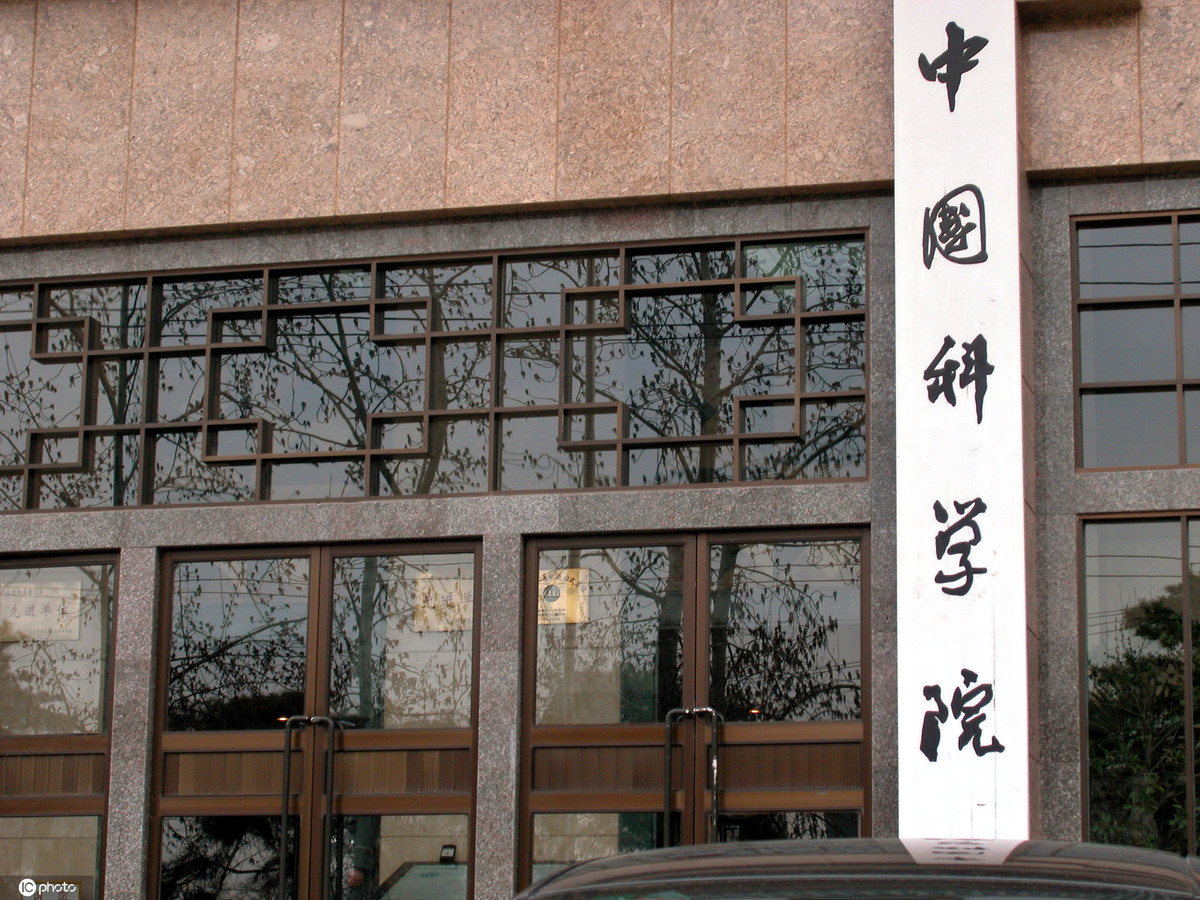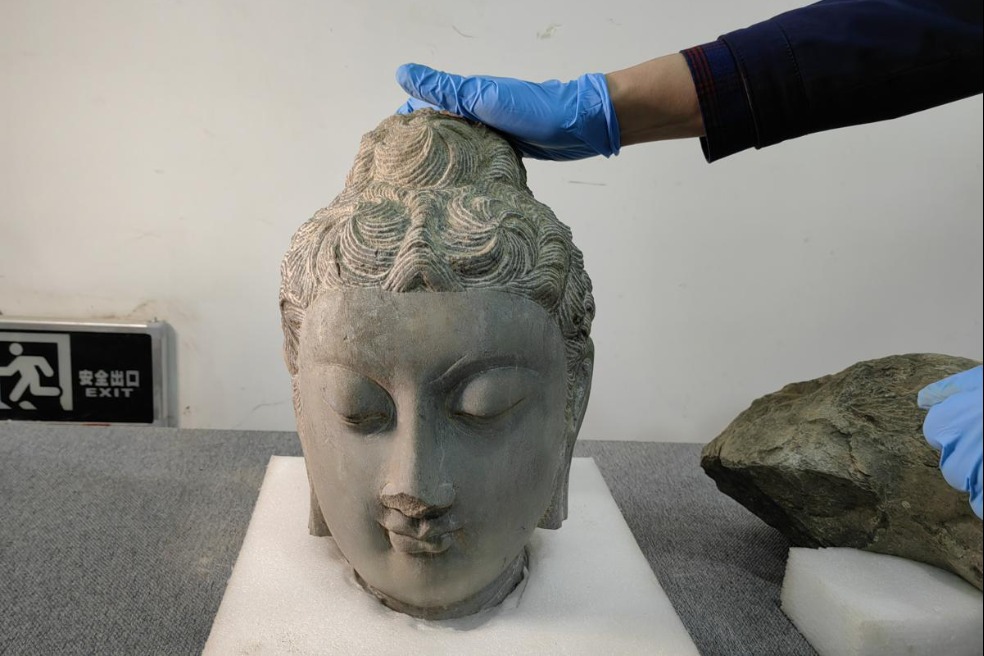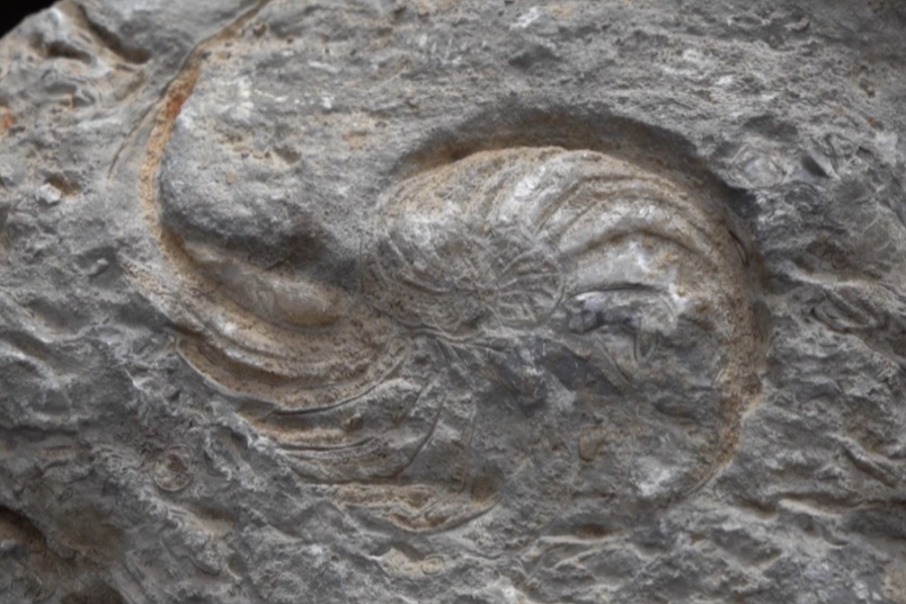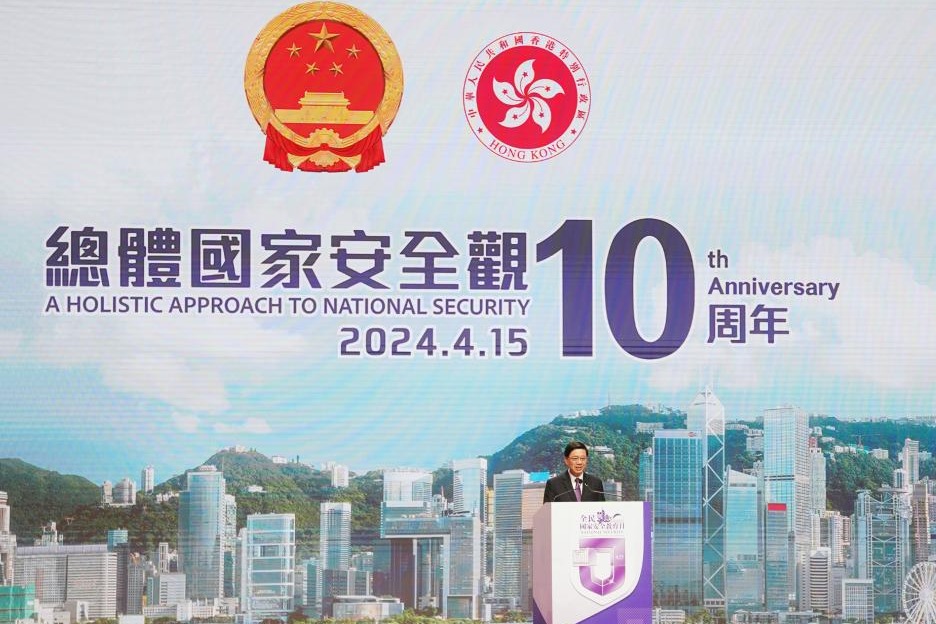Academy seeks more world input on science


The Chinese Academy of Sciences will improve its mechanisms to support efficient, win-win global scientific cooperation and strive to attract more foreign talent to work in China, its president, Bai Chunli, said.
The academy will also play bigger roles in major international scientific projects that can push the envelope of science and jointly address shared challenges worldwide, he told China Daily in mid-November.
The CAS, China's highest academic institution, seeks more global collaboration in clean energy, high-energy physics, space science, deep-sea exploration, brain science, synthetic biology, stem cell research, environmental studies on the Qinghai-Tibetan Plateau and other fields — all of which will contribute to fulfilling the United Nations' 2030 Sustainable Development Goals.
It will also conduct more scientific exchanges and practical cooperation under the framework of the Alliance of International Science Organizations, which was launched last year by the academy and 36 foreign scientific organizations to promote sustainable development and capacity-building in addressing the world's most urgent regional and global scientific challenges.
In 2013, President Xi Jinping asked the academy to pioneer four major areas, including becoming a world-class scientific research institution. On Nov 19, the academy met to discuss international development and lay the groundwork for future scientific outreach and cooperation. It aimed to advance its Pioneering Initiative, a set of plans and reforms to meet Xi's four expectations by 2030.
Bai said that the academy's international sci-tech cooperation began in 1950. After years of effort, it has now entered a "new stage in international cooperation", which is evident in the increasing number of partnering international science organizations, foreign employees and joint overseas research and education centers, as well as in China's playing a more active role in global scientific research and governance since 2013, he said.
As of November, the academy can count more than 210 cooperation agreements in effect with entities in 61 countries. Chinese scientists from various institutes of the academy have co-authored some 12,000 research papers with foreign partners from more than 130 countries, and more than half the academy's most-cited papers were produced jointly with foreign peers.
In the mid-1990s, there were only around 150 foreign scholars doing research at the academy. Now, that figure has grown to 1,600 experts from more than 60 countries, accounting for nearly 3 percent of the academy's total researchers, Bai said.
Nearly 20,000 foreign scientists now visit the academy annually to attend workshops, symposiums, conferences or other scientific exchange programs.
China also went from shouldering little of the workload for the Human Genome Project in the late 1990s to now being a key participant in many global scientific mega projects. Those projects include creating clean energy via nuclear fusion at the International Thermonuclear Experimental Reactor and building the Square Kilometer Array, the world's largest telescope.
The academy has established 10 academy-level joint overseas research and education centers with foreign partners in Asia, Africa and Latin America. These centers cover areas of basic research such as astronomy, space weather, Earth sciences and fields crucial to the region's socioeconomic development, such as ecology and environmental protection, biodiversity, biomedicine, water and food security.
"We have built a preliminary mechanism and environment for attracting global scientific and technological experts, and have actively extended our hands for innovation and cooperation to the world," Bai said.
Next year will be the final year for the nation's 13th Five-Year Plan (2016-20) and the start of the preparation phase for the next plan, including the nation's scientific development strategy for 2021 to 2035.
"Our nation's transformation into an innovative one is entering a crucial stage, and our academy is at a critical juncture of breaking bottlenecks and achieving leaps in innovative development," he said.
Zhang Yaping, vice-president of the academy, said its level of internationalization is still relatively low compared with other world-class research organizations, such as the Max Planck Society and French National Center for Scientific Research.
Zhang said the academy's various institutions should work collectively to expand their global partner network, launch new science projects or platforms with international partners and turn the academy into a global science brand that serves as one of the ideal destinations for foreign talents.
Li Yin, director of the academy's Bureau of International Cooperation, said the academy has been "the key that opened China's scientific community to the world", the "trailblazer that set many milestones for China's global science collaboration", and the "accelerator for global scientific research and innovation".
Li said improving the academy and its institutions' "soft environment" — such as better services to attract and support foreign talents — will be one of the priorities in the following decade to transform the academy into a world-class research powerhouse.
- Wuzhen conference marks progress in TCM modernization
- Russian tai chi practitioners explore ancient style in Hebei
- Ancient stone carvings unearthed in Longmen Grottoes caves
- Exploring China's digital innovations: A glimpse into global trade dynamics
- Pancake perfection: the skill behind Northeast China's delicacy
- Ancient sea creature fossils discovered in Hubei





































